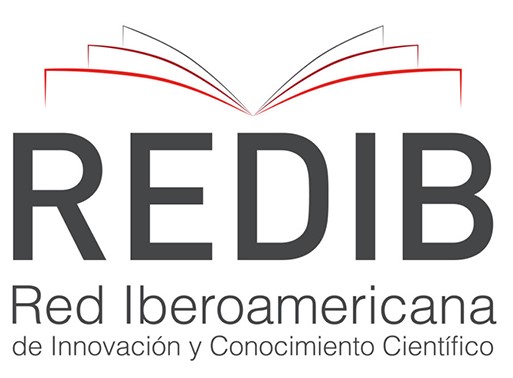EMBRYO CRYOPRESERVATION – VITRIFICATION METHODS
Keywords:
cryoprotectants, freezing methodology, ultra-rapid freezingAbstract
The embryo cryopreservation techniques allow a more rational use the exciding embryos generated by embryo transfer (ET) or in vitro embryo production (IVEP). In order to increase the embryo survival rates the use of cryoprotectants is necessary. These agents act mainly in blastomeres biological membranes (plasmatic and organelles membranes), allowing osmotic equilibrium and ice crystal formation during freezing processes, which are deleterious to the embryo. As well as cryoprotectants, the freezing methodology (physical support for the embryo, curve velocity) and embryo characteristics also affect the embryo survival rates. The existing embryo freezing methodologies, as the fast freezing method, are suitable to use with in vivo produced embryos. On the contrary, when the same method is used for in vitro derived embryos, the results are very unsatisfactory. The most recent results have shown that vitrification, an ultra rapid freezing methodology, can be a good alternative to cryoprotect the in vitro produced embryos. Revised papers showed an enormous variation on vitrification protocols, mainly on the physical support used for embryo vitrification. Apparently, the best results are obtained with physical supports that allow the use of lesser cryoprotectants medium, which permit a very rapid temperature drop in media and embryo.
Downloads
Published
How to Cite
Issue
Section
License

Este obra está licenciado com uma Licença Creative Commons Atribuição-NãoComercial 4.0 Internacional.











